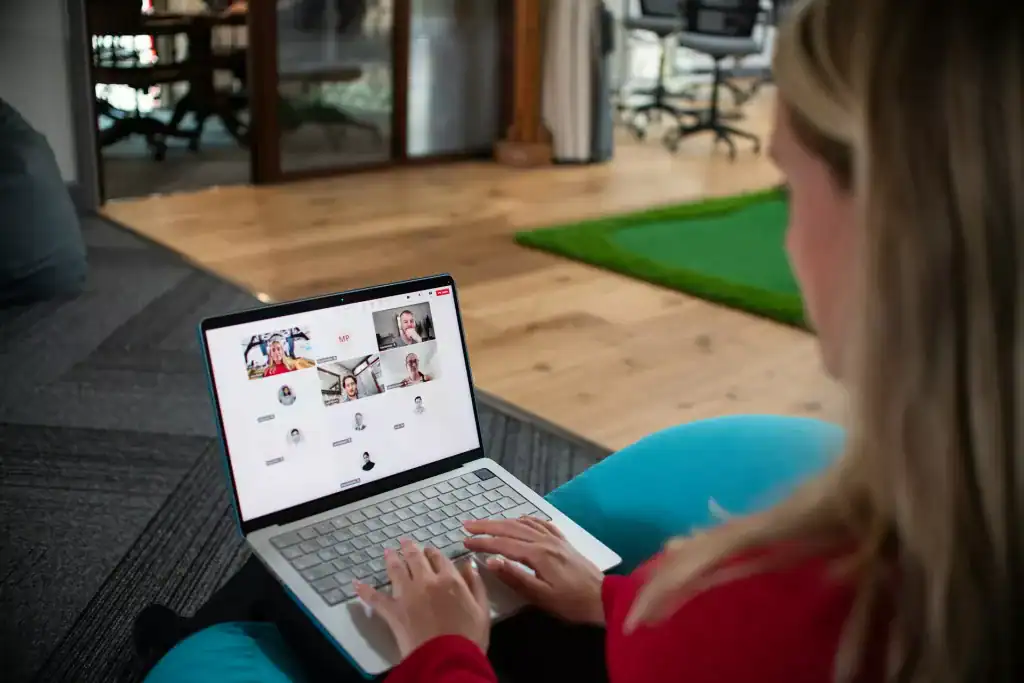
Does virtual training lead to behavioural change
To achieve behavioural learning and changes through training has always been the preserve of classroom sessions. If we want fee people to really understand new concepts and work out how they apply to them in their day-to-day work, it has traditionally taken a conversation in the classroom. E-learning has successfully picked up some parts of learning, especially where updating existing knowledge is required, such as with HR policy or IT updates. But even with these developments, behavioural change has thus far remained the preserve of the classroom.
Behavioural learning
Behavioural learning is more complex than the more straightforward communication of information. It appears to require participants to engage in conversation with the trainer and other participants in order to understand and see the benefit of new ideas, as well as consider their practical application. This might be because communication is a two way process and the learner needs to discuss ideas and how they apply. Remote Training may offer a way of achieving this at a reasonable cost.
How does it work
Remote Training employs software to create a classroom at your desktop. It is exactly like classroom training except everyone is in their own office, sat at a computer rather than round a table. The trainer can be seen by everyone via the video webcam.
Everyone can talk with each other. The trainer can display slides or video or websites to illustrate points. They can also use white boards, just as they would in a classroom. In fact, the participants can also join in by writing or drawing on the slides or white boards. Most significantly, there are also break-out rooms where the participants can split up into 3’s or 4’s to discuss specific issues and while in these rooms they can write their ideas on a white board. They can hear only those people in the same room and not the participants in other break-out rooms. The trainer can move between rooms to ensure everyone is on track and in the correct room. After the break-out room sessions they can all regroup and discuss their findings back in the main room. The trainer can also engage with the participants and gain their thoughts on specific questions through voting buttons. So there’s a lot to it.
What are the issues
Any new technology will be adopted well by some, whereas others will struggle. Sitting at one’s desk and doing anything but regular work can be difficult with distractions possible from email, telephone and face-to-face interruptions. The sheer enjoyment of getting together with colleagues and discovering your issues are similar to those of other people is a rewarding experience. And the networking opportunities are not as easy as they are with face-to-face meetings. A big challenge is for the trainer to create an experience which is engaging for the participants for the entirety of the workshop.
Length of sessions
The technology poses both a challenge and an opportunity. Keeping participants focussed for 45 mins to an hour at a time presents a challenge. On the other hand, there is an opportunity to spread sessions over time, with the chance for participants to practice their new learning in between sessions. If sessions are longer, a small break half-way through can work. Very often with classroom training, learning has to be bundled into 3 to 6 hour sessions to get value from the trainer. Remote Training is more like booking a meeting into your diary, with one or two hour sessions being spread over several weeks.
Choices of software
There are a variety of choices available, all with functional nuances which are worth considering. Of course, existing IT commitments can impact on the actual choices available
Does it work
Our initial trials are delivering interesting results. Some people love it, whereas other participants are not initially enthusiastic with this new style of training. However, once they get over the technological hurdles they seem to warm to it. The trainer has to do very detailed preparation, as there is no room for delay. Every second of activity has to be planned, otherwise the participants will be tempted by distractions. What is particularly interesting is that the actions and behavioural changes recorded so far are as good as, if not better than, those recorded during traditional classroom training. Because the sessions have to be shorter there is a need to spread them over a period of time. This leads to the opportunity for participants to practice new behaviours and then review them in the next session. Reviewing takes the form of reporting on their actual behavioural change and the results therein.
Does it work
So what we might say is that, once people get used to Remote Training, it has demonstrated itself as an effective tool for instigating behavioural change. Bearing in mind the time and cost savings, it may well be a useful tool for the Training and HR departments to deliver valuable learning, especially where a client has employees spread across multiple offices and countries.


